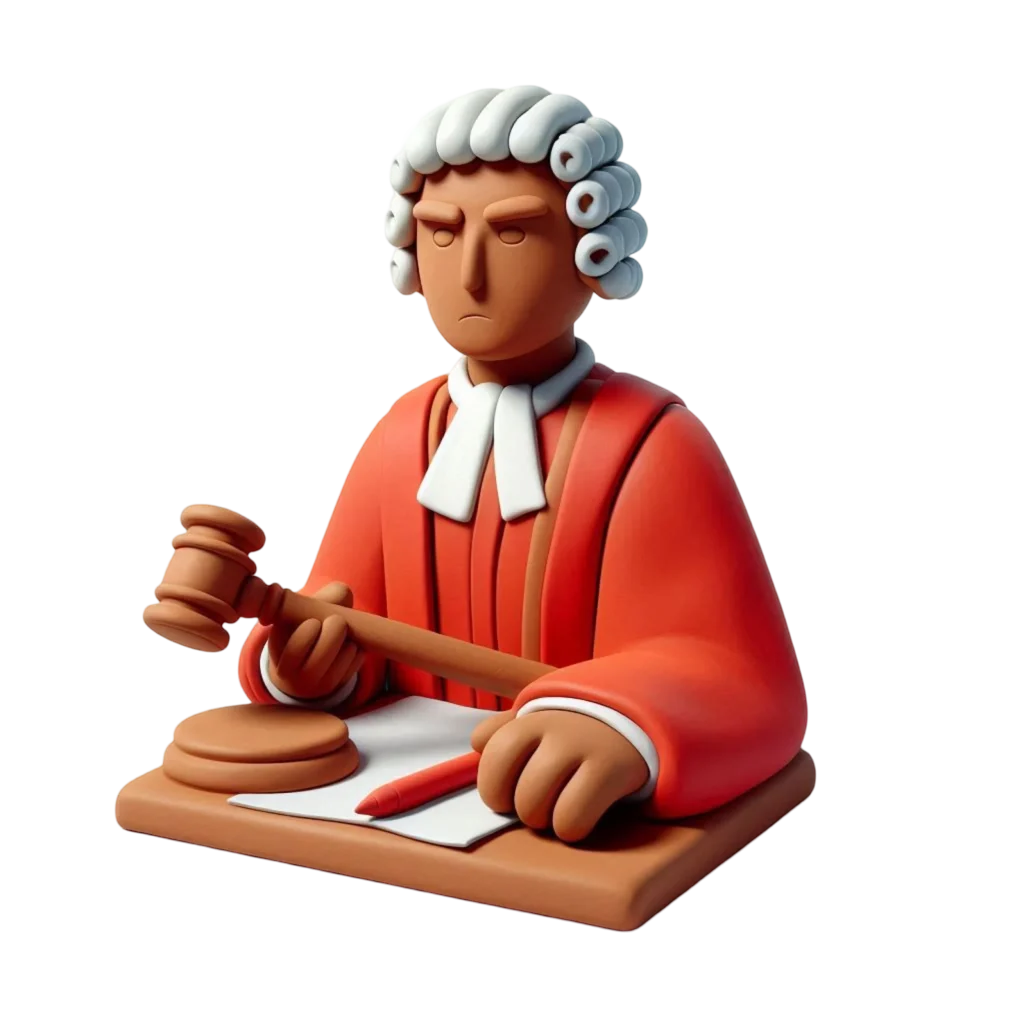When attorneys hear the phrase “animate your case,” they often picture dramatic visuals meant to impress the jury. In reality, 3D trial animation is not about theatrics it’s about clarity and persuasion. These visuals, when strategically used alongside expert witness testimony, act as powerful storytelling tools that make complex information easy to understand, boost credibility, and help jurors remember the key details that matter most.
Why Animating Your Case Works
Jurors today demand clarity and engagement. In a world filled with constant visual information, simply telling a story is no longer enough for people to want to see it unfold. By choosing to animate your case, attorneys give jurors a visual framework they can connect with and recall easily.
A 3D trial animation brings the facts to life, showing events moment by moment and helping jurors visualize exactly what happened. This visual approach strengthens the attorney’s argument and ensures that critical evidence is presented with impact and precision.
Research consistently shows that visual demonstratives improve juror comprehension and retention. When jurors recall an animation during deliberations, they’re not just remembering a graphic, they’re replaying your client’s story, vividly and accurately.
With Legal Animation, attorneys can turn complex evidence into compelling visual narratives that make their cases stronger, clearer, and more memorable.
The Role of a 3D Animation Expert Witness
In modern trials, animations alone don’t win cases credibility does. That’s where a 3D animation expert witness plays a critical role. These specialists ensure that every motion, angle, and frame in a Legal Animation presentation is firmly supported by verified data. Whether the visuals are derived from accident reconstruction reports, medical scans, or technical measurements, the expert’s job is to validate that the animation aligns precisely with admissible evidence.
Beyond creating visuals, they help the jury understand how the animation was developed, why it can be trusted, and how it connects to the facts of the case. When attorneys combine expert testimony with 3D visuals, they’re not just showing a digital reenactment they’re presenting a scientifically accurate, courtroom-defensible exhibit that enhances clarity and credibility.
A Collaborative Process With Attorneys
Every compelling animation starts with the attorney’s narrative. What key point must be proven? What evidence should the jury remember most? From those guiding questions, Legal Animation experts turn raw data including police reports, CT scans, and engineering blueprints into persuasive 3D trial exhibits.
This process is highly collaborative. Attorneys and legal teams remain engaged at every stage, ensuring that each element of the animation reinforces the case strategy. The result isn’t just a visual supplement, it’s a powerful evidentiary tool designed to persuade, clarify, and make the facts unforgettable.
Choosing the Right Type of Visual
Not every situation calls for a full animation. In some cases, a clear still image or detailed medical illustration can effectively convey the necessary information. However, when dealing with intricate events such as car crashes, surgical operations, or workplace accidents—3D trial animation provides unmatched precision and depth. It enables jurors to watch events unfold from every angle, pause at critical moments, and truly understand how and why things happened.
The outcome? Jurors don’t just see the evidence, they comprehend it, remember it, and are far more likely to connect with your argument.
Final Takeaway
When you bring your case to life through animation, you strengthen your trial strategy and storytelling. A 3D trial animation supported by a 3D animation expert witness transforms complicated facts into a clear, persuasive narrative that resonates with the jury.


